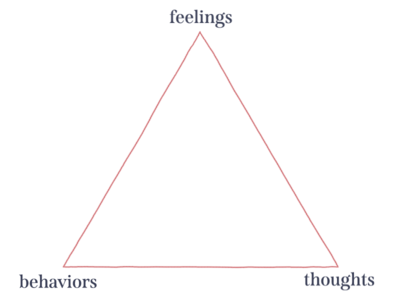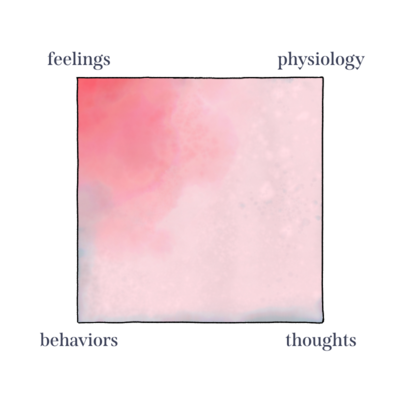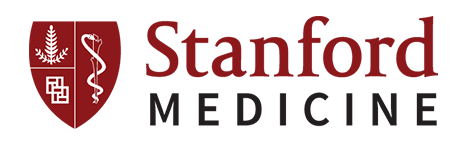





The CCT Square Copy
You might be familiar with the “triangle” concept from Cognitive-Behavioral Therapy (CBT). The triangle connects thoughts, emotions, and behavior. CCT expands this concept to a square by adding in a fourth domain of physiological reactions (or feelings inside the body).

All four corners in the CCT Square: emotions, thoughts, behavior, and physiological reactions, influence one another.
We can leverage this influence to hold power over the square: if we change one corner, the other three will also be altered. In this way, with the help of CCT over time, a child can create new squares, new more adaptive responses.
CCT addresses all four corners of the square.

Every person’s stress manifests differently, showing predominance in different corners, but the connection between corners is always there. Depending on the individual, it can be more helpful to focus on one particular corner or another of the CCT Square. The therapist’s approach should be tailored to each client.
